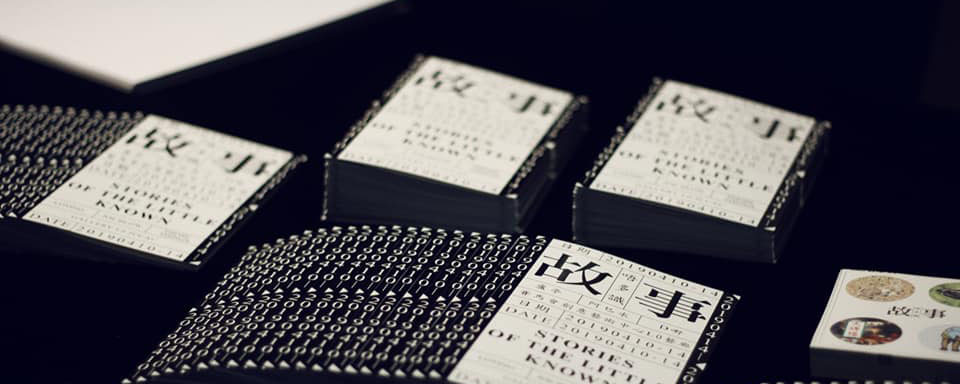About Mediation

I have never liked the term ‘cultural management’, for culture does not need to be managed. ‘Managing’ culture implies some sorts of totalitarian control and manipulation of culture. When I first taught a course on curatorship at the Hong Kong Arts Centre in 2004, I named the course ‘cultural mediation’. The term comes from Sociology of Arts, which addresses the in-between act of mediating between the production of arts and the consumption of arts. The production of arts refers to more than just the making of arts, it also includes the complex infrastructure that enhances the production of art, such as art training, the production and supply of arts materials, the distribution of educational information, etc., for these supporting elements significantly affect the production of the arts. (Can you imagine how Van Gogh could make his painting without the revolution in chemistry in the 19th Century that invented all these new and cheap paints of various colour?) At the other end, consumption apparently means those who consume the arts. They might be the visitors to museums, audiences of theatres or viewers of websites. More than just the audiences, consumption also includes the collectors and the infrastructures that support the consumption of the arts, such as the auction house and art fair. Obviously, we are looking at a massive and highly complicated structure.
Mediation thus serves as a bridge bringing the art products to its consumers. However, this bridge is much more than just a technical and managerial process of transporting the arts from one end to the other. For comprehensive and successful transportation, it requires a broad range of mediators, not just the curator or some technicians, but also the critic and educators who equip the audience with the knowledge and sensibility to consume the arts. If you go further, there are also the funding infrastructures such as the various arts councils, individual and corporate funders that also help to support the bridging of the arts and the public.
The seemingly simple act of moving the arts from one end to the other is far more complex than one thinks, for it involves not only managerial and operational process, but also artistic values and choices, based on cultural meaning as defined by the people involved. Take an exhibition for example, not only do the curatorial team and the institutions have their own objectives, expectations, which could directly define and shape the exhibition, there are also related cultural establishments, such as the media, art dealers and policymakers who may also influence the definitions and cultural values of the arts. Directly and indirectly, they shape the individual or institutional selection and format of the presentation of the arts.
Finally, there are the audiences, who define the values and meaning of the arts based on their education, social background, and political situation. It is not difficult to imagine the complexity of working as a mediator in such a multi-layers system that is dynamic, complex and frequently full of contradictions.
As a curator, for example, you define what art deserves to be shown, and its cultural significance for your institution, audience and the community. What are its meanings to your audiences and how should this art be seen and understood via your presentation, interpretation, and education programmes? Putting aside the cliche of ‘art for everyone’, do you have some targeted audiences in mind? If your target is the educated middle class, your tactics of promotion and the language you employed would be quite different from talking to the less informed working class. At the same time, are you willing to put aside the working class and focus mainly on the middle class who shows greater interest?
Mediation is more than just building a bridge and undertaking the technical and managerial endeavor for effective presentations. At a less visible level, the bridge involves artistic evaluation, selection, and interpretation. All these activities involve one’s value system that might shape people’s views of art and culture in our society. Considering their powerful but not noticeable influences in shaping the understanding of arts and culture, the mediators need to be self-conscious of their roles and impacts, and constantly engage in a reflective, critical as well as self-critical process.
It was in fact a delightful surprise when I found out our MA in Cultural Management programme was not located at the Business Studies or Fine Arts Department of the University, but instead it is part of the Cultural Studies Vision. Thanks to Prof. Wong Kin, a department that nurtures critical studies of culture has become a nurturing ground for cultural management.
This blog is called ‘Bridge over Troubled Water’, because the mediator, who serves as a bridge, is located over a rapid flow of troubled water that is full of conflicts, variations, challenges and disturbances. Of course, you can choose to be just a managerial technician, missing all the fun, turmoil and challenges of being a serious cultural mediator.
Oscar
Oscar Ho is Adjunct Associate Professor of Cultural Studies, CUHK. He was formerly the Director of the MA in Cultural Management Programme (2006 – 2020). Visit https://www2.crs.cuhk.edu.hk/faculty-staff/adjunct-professors/ho-hing-kay-oscar
